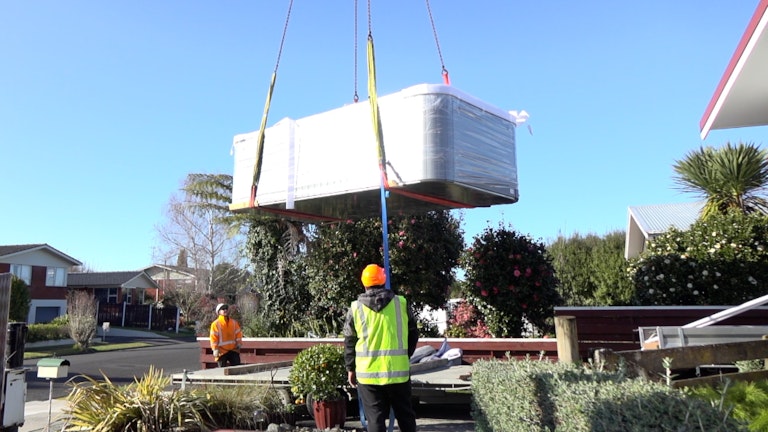Whether you decide on a lap pool or swim spa, both options have benefits and disadvantages – depending on your needs and lifestyle. After reading this article, you should have a good understanding of the differences, and pros, and cons of each option to help you decide which one is right for you.
In this article:













